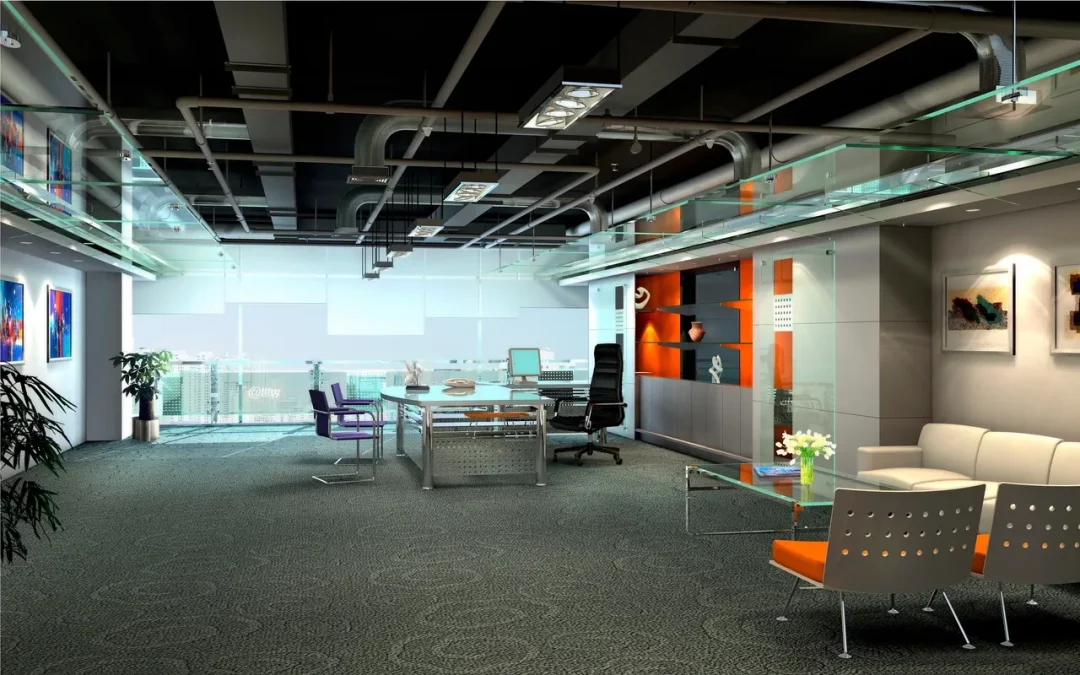This article first appeared on NW-OS.com
When it comes to managing office equipment, one decision that businesses often face is whether to centralize their printing needs into a single multifunction printer (MFP) or stick with multiple specialized devices. Consolidating into one MFP can streamline operations, but it’s not a one-size-fits-all solution. Here are the key choices to consider when contemplating this move.
1. Assess Your Office’s Printing Needs
Before jumping into centralization, evaluate your team’s printing, scanning, copying, and faxing demands. A multifunction unit is ideal for small to medium-sized offices with moderate print volumes, as it combines these functions into one device, saving space and reducing maintenance costs. However, high-volume environments, like large corporations or print-heavy industries, may still require dedicated high-speed printers to avoid bottlenecks. Ask yourself: Will one device handle peak workloads without slowing down operations?
2. Consider Space and Scalability
MFPs are space-savers, consolidating multiple devices into a single footprint. This is a game-changer for compact offices where desk space is at a premium. However, consider future growth. A single MFP might suffice now, but if your business expands, will it scale to meet increased demand? Look for models with modular upgrades, like additional paper trays or advanced finishing options, to future-proof your investment.
3. Weigh Cost Efficiency vs. Single Point of Failure
Centralizing with an MFP can reduce costs—fewer machines mean lower maintenance, energy, and supply expenses. Many MFPs also offer advanced features like cloud integration and automated workflows, boosting productivity. However, relying on one device creates a single point of failure. If it breaks down, your entire office could be left without printing or scanning capabilities. Consider a backup plan, like a secondary low-cost printer, to mitigate downtime risks.
4. Evaluate User Accessibility and Workflow
A centralized MFP may require employees to walk farther to retrieve prints, which can disrupt workflows, especially in larger offices. On the flip side, modern MFPs often support wireless printing and remote access, allowing users to send jobs from anywhere. Ensure the device’s location is convenient and its interface is user-friendly to minimize disruptions. Also, check for robust security features, like user authentication, to protect sensitive documents.
5. Think About Maintenance and Support
With one device, maintenance is simpler—you’re dealing with a single vendor and service contract. However, ensure the MFP is from a reliable brand with accessible support. Check the device’s duty cycle (the maximum number of pages it can handle monthly) to ensure it matches your needs, and factor in the cost of consumables like toner, which can add up with heavy use.
Centralizing your printing into a multifunction unit can be a smart move for efficiency, cost savings, and space optimization, but it’s not without trade-offs. By carefully assessing your office’s needs, growth potential, and workflow, we will help you decide if an MFP is the right fit or if a mix of specialized devices makes more sense. Choose wisely, and your office could enjoy streamlined operations and a clutter-free workspace. Contact us today to see what equipment mix is right for you! Northwest Office Solutions 503-707-3006

